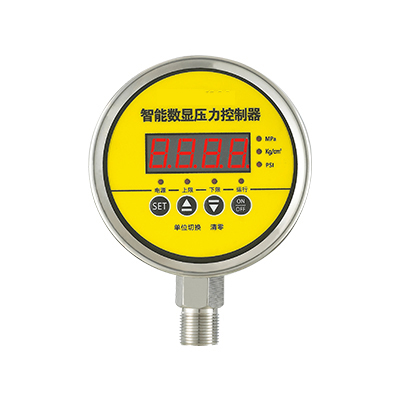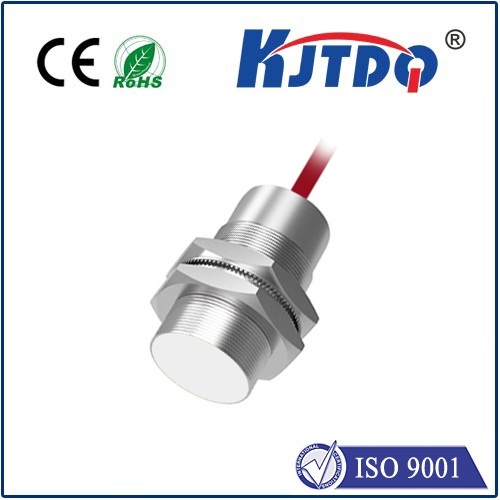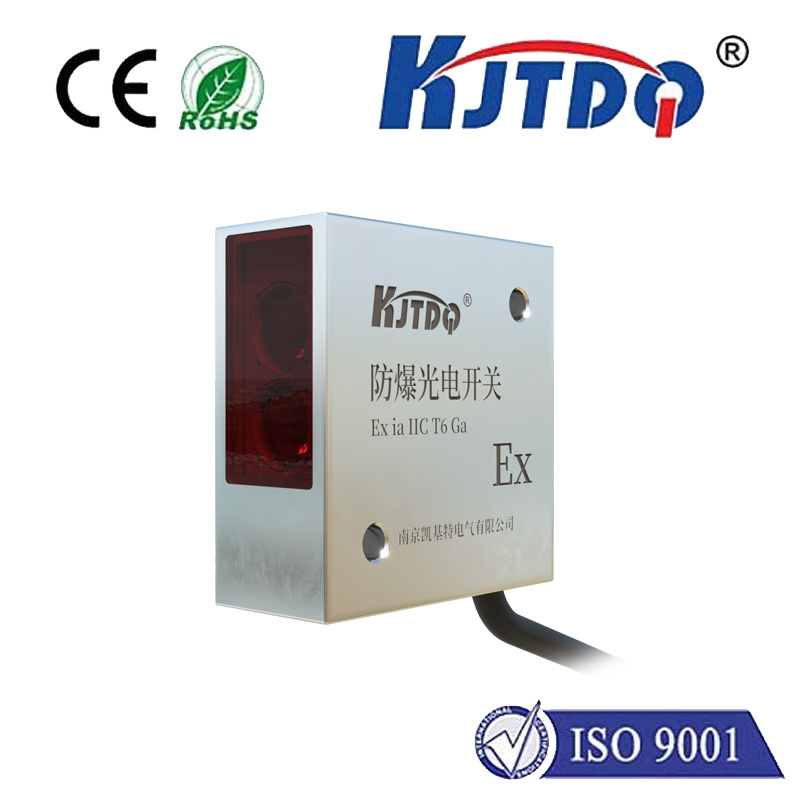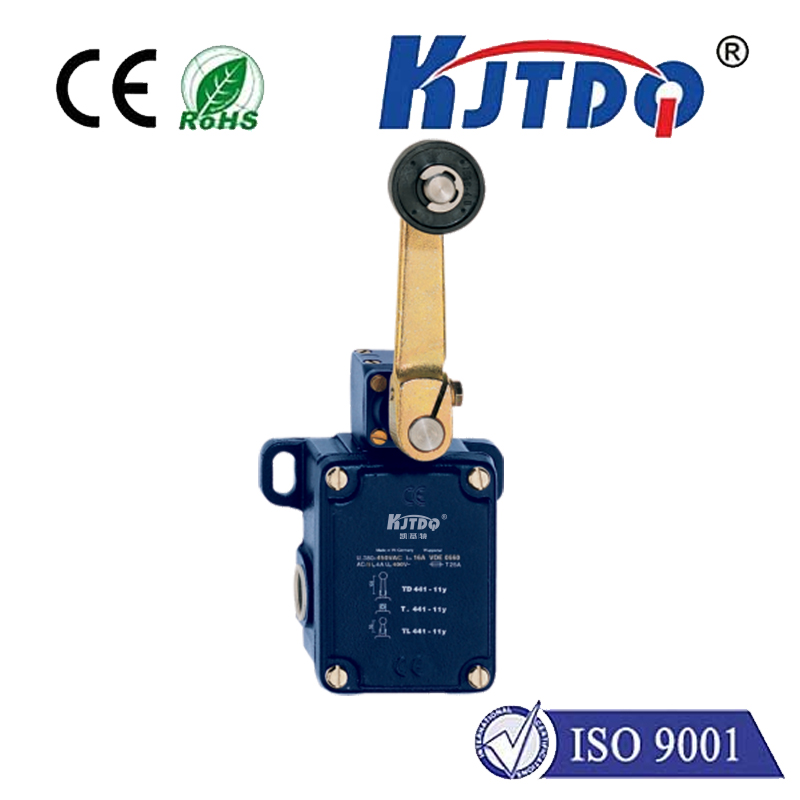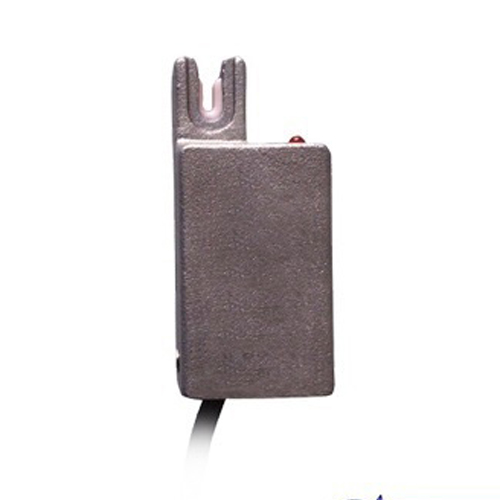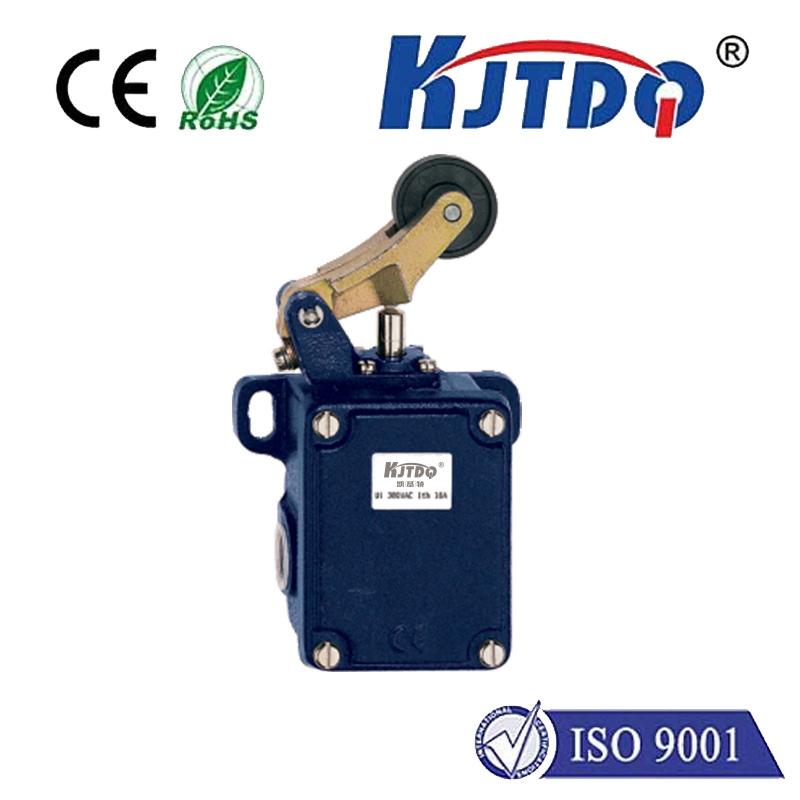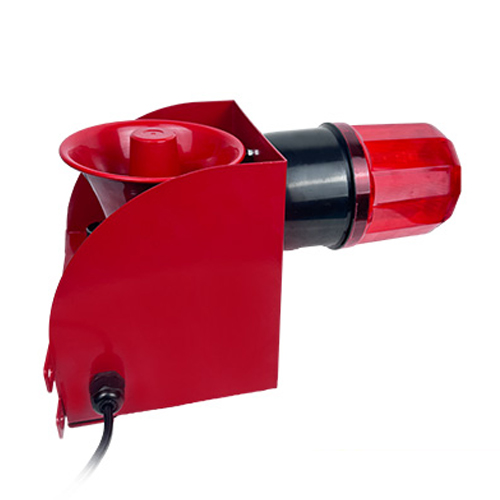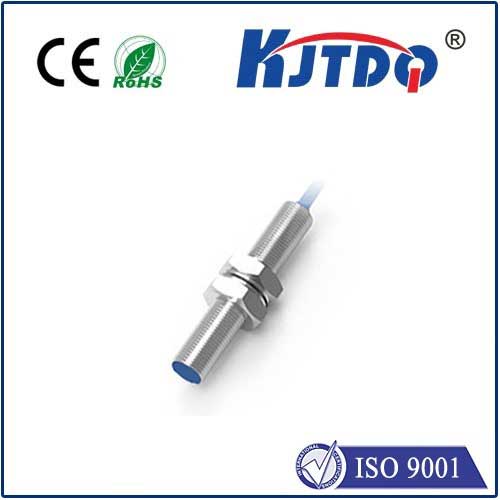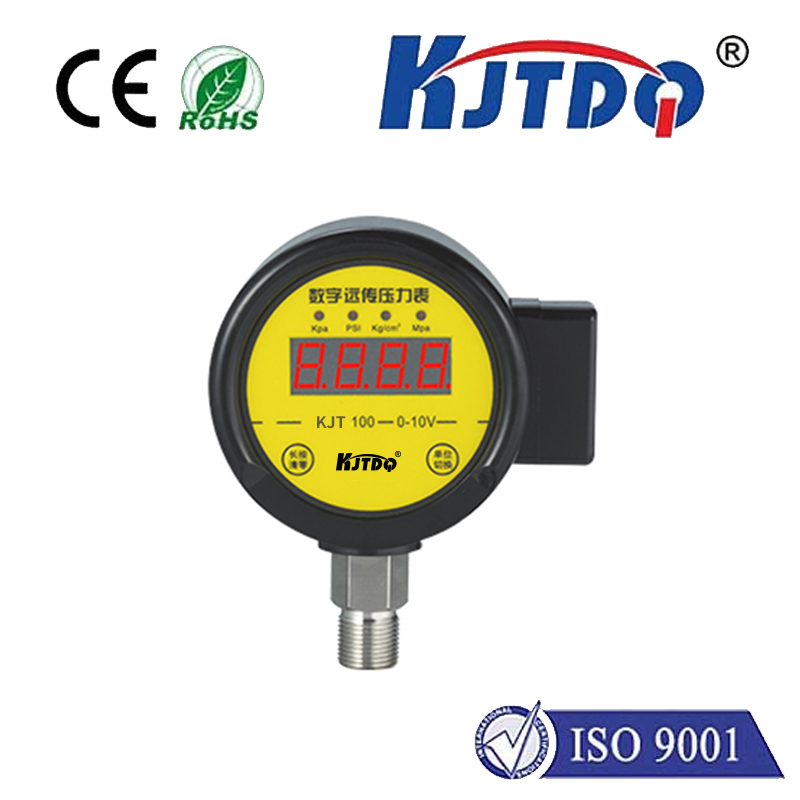fungsi proximity switch
- time:2025-06-18 00:31:50
- Click:0
The Silent Sentinel: Demystifying the Core Functions of Proximity Switches in Modern Automation
Imagine a robotic arm gracefully assembling components without a single misalignment, a conveyor belt flawlessly stopping precisely when a pallet is in position, or heavy machinery safely halting before a hand gets too close. This symphony of precision and safety doesn’t happen by chance. Often, an unseen hero – the proximity switch – is working tirelessly behind the scenes. But what exactly is the fungsi (function) of this ubiquitous sensor? It boils down to one core mission: enabling non-contact detection of objects with remarkable reliability and speed, becoming the indispensable eyes and ears of automated systems.
Beyond the Physical Touch: The Power of Non-Contact Sensing
At its heart, a proximity switch (or proximity sensor) performs a seemingly simple yet profoundly critical function: detecting the presence, absence, or position of an object without needing physical contact. This fundamental principle unlocks a multitude of advantages over traditional mechanical limit switches:
- Unmatched Durability: With no moving parts or physical impact, proximity switches resist wear and tear, boasting incredibly long lifespans, especially in demanding industrial environments like manufacturing plants or warehouses.
- Blazing Speed: Detection happens virtually instantaneously at the speed of electromagnetic fields or sonic waves, making them perfect for high-speed counting, sorting, or positioning tasks (e.g., verifying thousands of components per minute on an assembly line).
- Exceptional Reliability: Immune to mechanical bounce or dirt affecting contacts (within limits), they provide consistent, dependable operation critical for process control and safety systems.
- Versatility: Available in various types and sensing ranges, they can detect a wide array of materials – metals, plastics, liquids, wood, or even granular materials – opening up countless applications.
The “How”: Unveiling the Core Sensing Technologies

The function of detection is achieved through sophisticated physics, primarily using three main technologies:
- Inductive Proximity Switches: These are the workhorses for detecting metallic objects. They generate an electromagnetic field from an internal coil. When a metal target enters this field, it induces tiny circulating currents (eddy currents) within the metal. This perturbs the original field, which the sensor’s electronics detect, triggering the output switch. Ideal for piston position sensing in hydraulics, metal part detection on conveyors, or tool break detection on CNC machines.
- Capacitive Proximity Switches: These sensors leverage the principle of capacitance – the ability to store electrical energy in a field. They detect any material that can affect an electrostatic field, including metals, plastics, wood, liquids, powders, and even the human body. They create an electrostatic field between the sensor face and a ground reference (often the sensor body). When a target material enters this field, it alters the capacitance value. The sensor electronics monitor this change and activate the output. They excel in detecting liquid levels in non-metallic tanks, monitoring fill levels in plastic bottles, or acting as touch sensors on control panels.
- Ultrasonic Proximity Switches: Using sound waves beyond human hearing, these sensors measure the time it takes for a high-frequency sound pulse to travel to a target and bounce back (echo time). By calculating this time-of-flight, the sensor determines the presence and distance of virtually any solid object or liquid surface, irrespective of material, color, or transparency. Common applications include detecting stacked materials, controlling bin levels, avoiding collisions in AGVs (Automated Guided Vehicles), or controlling liquid levels in large vessels.
The “Why”: Essential Functions Driving Industry
The fungsi of the proximity switch translates directly into vital capabilities within automation and control systems:
- Position Sensing & Verification: Confirming parts are correctly located before machining, verifying gate positions, detecting end-of-travel on cylinders or slides.
- Object Counting: Accurately tallying products moving past on a conveyor belt or parts exiting a machine.
- Speed Monitoring: Measuring the rotational speed of gears or shafts using a target wheel.
- Material Level Detection: Monitoring fill levels in hoppers, tanks (solids, powders, liquids), and silos.
- Presence/Absence Detection: Verifying parts exist for assembly, detecting empty pallets, sensing the open/closed state of doors or guards.
- Safety: Implementing critical machine guarding (safety interlocks) to halt operation when a guard door is opened or a person enters a hazardous zone.
Selecting and Implementing for Optimal Functionality
To ensure the proximity switch performs its intended function effectively, several key factors must be considered:
- Target Material: Is it metal, plastic, liquid? This dictates whether inductive, capacitive, or ultrasonic is suitable.
- Required Sensing Distance: How close does the target need to get? Match the sensor’s nominal sensing range (Sn) to your application with an appropriate safety factor.
- Operating Environment: Temperature extremes? Dust? Moisture? Sprays? Selecting the right IP rating (Ingress Protection) and temperature range is crucial for longevity and reliability. A proximity switch monitoring a car wash conveyor needs a high IP rating (e.g., IP67) to withstand water jets.
- Output Type: Does the PLC/machine need a digital On/Off signal (PNP, NPN, or relay), or an analog distance signal?
- Size and Mounting: Physical constraints dictate the sensor’s size and preferred mounting style (flush or non-flush for inductive).
The Constant Evolution: Smarter Sensing
The fungsi of proximity switches continues to evolve. Modern sensors integrate enhanced diagnostics, offer IO-Link connectivity for smart sensor data exchange, and boast even smaller form factors. The integration of AI could further enhance predictive maintenance capabilities. Yet, their core function remains the reliable, non-contact detection that forms the bedrock of automated sensing. They are truly the silent sentinels, enabling the precision, efficiency, and safety we depend on in our increasingly automated world.












